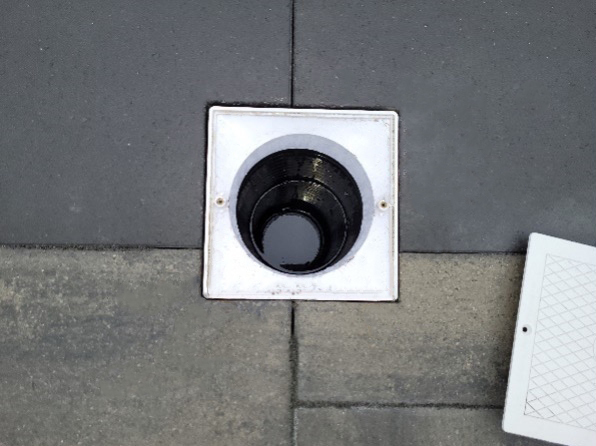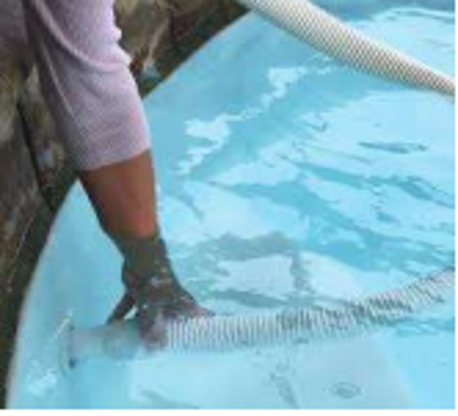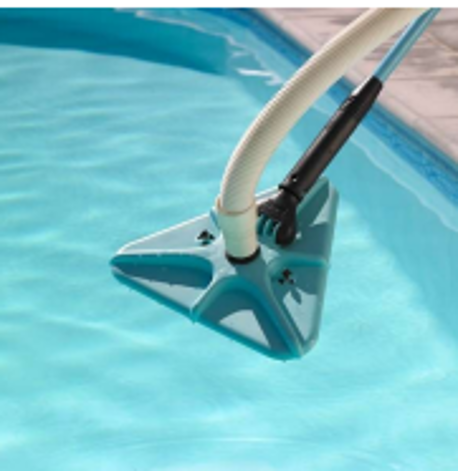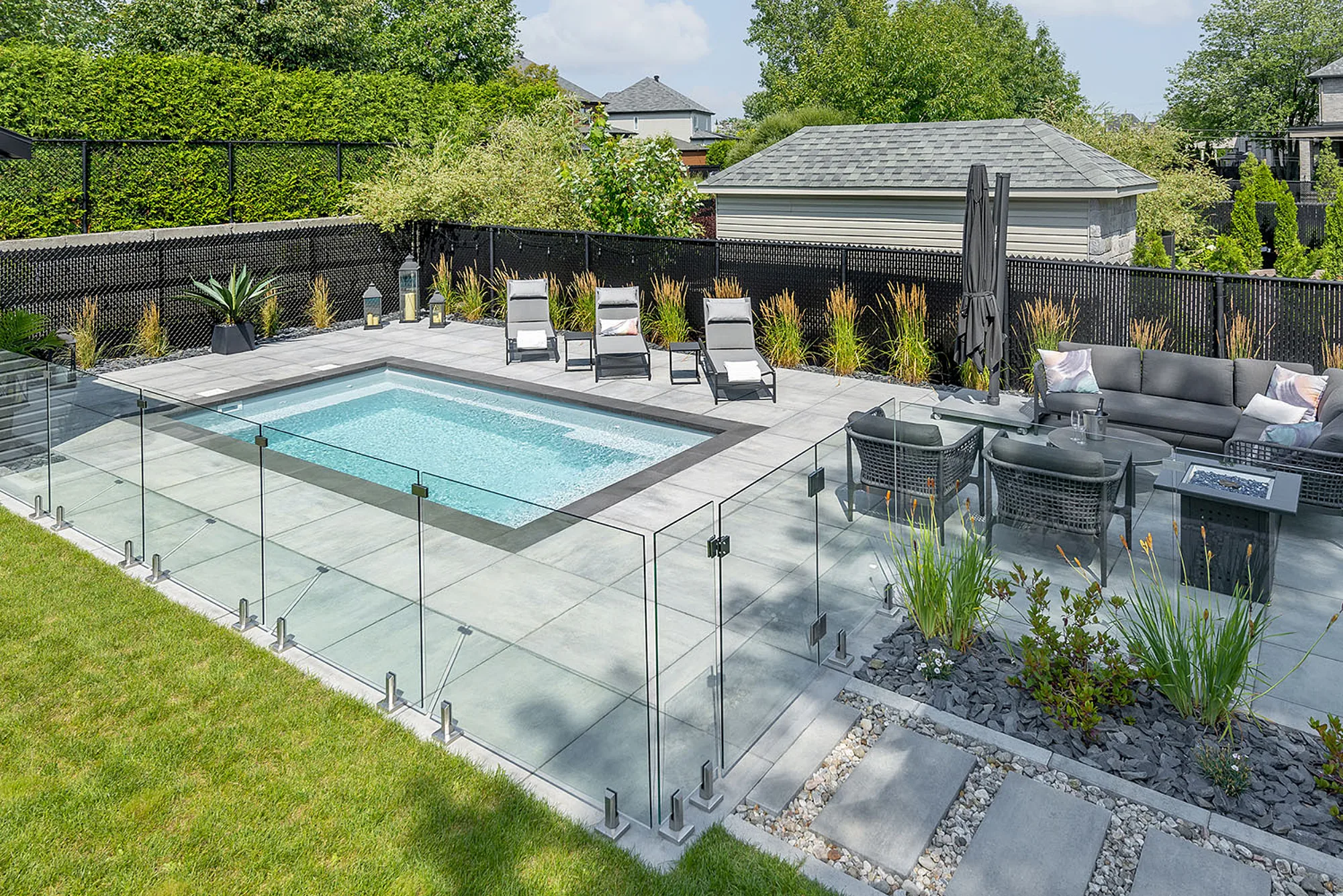Few problems are as frustrating for pool owners as noticing a change in pool color or cloudy, green water. This is often due to Pool algae that can appear suddenly, making your swimming pool look uninviting and affecting water balance. If you want to get rid of algae in pool water and prevent it from returning, understanding the causes, types, and treatments of swimming pool algae is essential. This guide will cover all aspects of identifying, eliminating, and preventing algae in your pool.
Why and How Does Pool Algae Grow?
Algae in your pool are microscopic organisms that thrive in water when conditions are favorable. They often enter your pool through wind, rain, or contaminated swimsuits and pool equipment.
The main causes of algae in swimming pools include:
- Poor circulation - stagnant water or dead zones create ideal breeding grounds.
- Low sanitizer levels - insufficient chlorine allows algae to thrive.
- Unbalanced pH levels - if pH is too high or too low, chlorine effectiveness drops.
- Dirty filters - clogged or ineffective filters fail to remove algae spores.
- Warm temperatures - heat accelerates algae growth.
Once established, swimming pool algae can make your pool water turn green, black, yellow, or pink depending on the type of algae present.

Types of Pool Algae and Their Treatments
Green Algae
Green algae is the most common type of pool algae, giving water a green, cloudy appearance. It often forms a slippery layer on pool walls and floors.
Treatment for Green Swimming Pool Water:
- Brush the pool walls and floor to remove algae buildup.
- Shock the pool using a high dose of chlorine.
- Run the pool filter continuously for 24–48 hours.
- Vacuum the pool thoroughly to remove dead algae.
- Add a preventive algaecide if algae returns.
Black Algae
Black algae is the toughest to remove and appear as dark spots, usually in corners, steps, walls or on the bottom of the pool. They anchor firmly to pool surfaces.
Removing Black Algae:
- Scrub affected areas with a stiff brush to break the protective layer.
- Apply concentrated chlorine directly to black algae spots.
- Run the filter continuously until the water clears.
- Repeat scrubbing and chlorine treatment daily until fully removed.
Mustard Algae in Swimming Pool
Mustard algae in pools appear as yellow or brown patches on pool surfaces and equipment. They are resilient and can return quickly if not treated correctly.
Treatment for Mustard Algae:
- Remove contaminated pool accessories and wash thoroughly.
- Brush pool walls and floor to dislodge algae.
- Shock the pool with a strong chlorine dose.
- Apply a specialized mustard algae algaecide for lasting results.
White Algae
White algae in pool, though less common, appear as white or gray patches and can clog filters if left untreated.
White Algae Treatment:
- Backwash or replace pool filters as needed.
- Shock the pool using chlorine.
- Apply a broad-spectrum algaecide to prevent regrowth.
Red or Pink Algae
Red or pink algae in pool are bacterial rather than true algae. These algae usually develop on plastic parts, such as skimmer baskets, liners, and then the water turns brown.
Red or Pink Algae Removal:
- Scrub all affected surfaces thoroughly.
- Use a combination of chlorine shock and pool-safe antibacterial treatment.
- Run the filter continuously for several days to fully remove spores.
Brown Algae
While green, black, mustard, white, and red/pink algae are the most common, other variations exist depending on pool conditions. Observing changes in water clarity, smell, or surface residue can help detect uncommon algae types early.
How Can I Prevent Algae in my Pool?
Prevention is always easier than treatment. Follow these steps to stop algae in swimming pools before it starts:
- Maintain sanitizer levels - ensure chlorine remains within the recommended range.
- Balance pH levels - correct pH keeps chlorine effective.
- Clean filters regularly - backwash or replace filters as needed.
- Brush and vacuum weekly - remove debris before it feeds algae.
- Run circulation system - maintain good water flow to prevent dead zones.
- Shock regularly - give your pool a chlorine boost, especially in warm months.
- Check pool accessories - rinse swimsuits, floats, and toys to prevent contamination.
Following these practices ensures that algae in your pool does not return and keeps water clear and safe.

Signs Your Pool May Have Algae
Understanding the early warning signs of algae in your pool can save time and effort:
- Swimming pool turning green - water may appear cloudy or tinted.
- Slippery surfaces - pool walls or floor feel slimy to the touch.
- Spots on pool surfaces - black, yellow, or pink patches indicate localized growth.
- Filter clogging quickly - algae in water can overload filtration systems.
Early detection allows for faster and easier treatment.
Tips for Faster Pool Algae Removal
- Always test water before treating algae to ensure proper chemical balance.
- Vacuum thoroughly to remove dead algae after shocking the pool.
- Consider professional help if algae keeps returning despite proper maintenance.
Proper maintenance combined with these steps will keep green algae in swimming pool water under control and prevent long-term problems.

Why Fiberglass Pools Make Algae Prevention Easier
For pool owners considering a long-term solution, Azoria fiberglass pools provide a smoother surface that naturally resists algae adhesion compared to concrete or vinyl pools. The non-porous surface of fiberglass prevents algae from taking root, reducing the need for harsh chemicals and excessive brushing.
Explore the full range of Azoria Fiberglass Pools Lookbook to see pool designs that are not only beautiful but also easier to maintain and resistant to algae in swimming pools.
When to Call a Professional
If algae keeps coming back despite proper cleaning, it might indicate hidden circulation issues or filter problems. At that point, contacting a pool professional can help identify the root cause and provide long-term solutions.
Conclusion
Pool algae may seem like a daunting problem, but with proper knowledge and preventive steps, it is entirely manageable. Understanding the types of algae, applying correct treatment strategies, and maintaining water balance can ensure that your pool remains inviting and safe.
Whether you need to remove algae from pool, kill algae in pool, or maintain clear water, consistent care is key. For a long-lasting solution, consider Azoria fiberglass pools, which offer smooth surfaces, easy cleaning, and an overall reduction in swimming pool algae growth.
